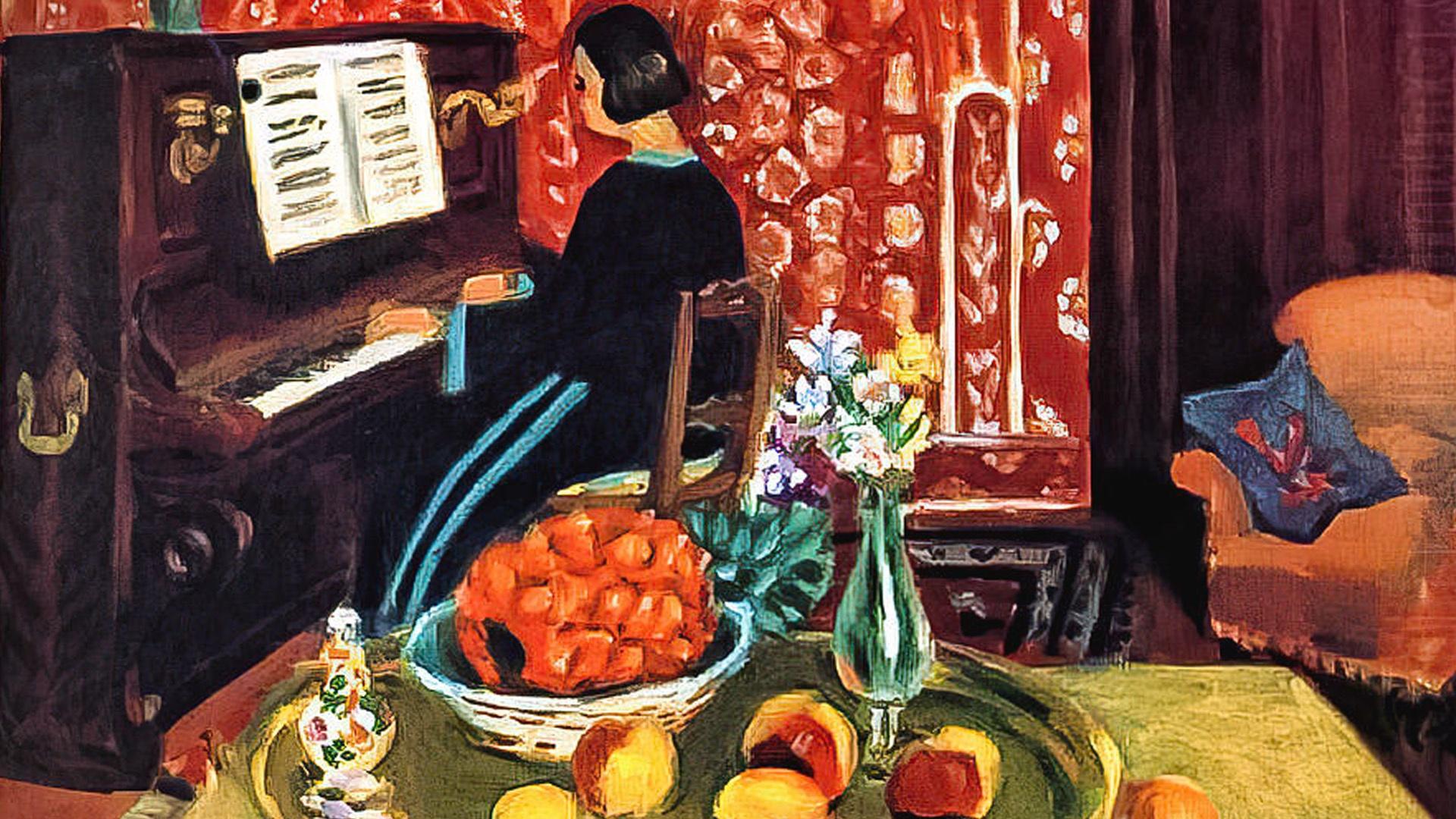Classical Snack is a new feature here at WNED-Classical. The goal is to provide tidbits of information about classical music that might enhance your listening experience. Each installment of Classical Snack will be a fun-sized treat - like a little candy bar given out at Halloween. They’ll take no more than two or three minutes to digest. Best of all, there are no tests, quizzes, or dirty dishes afterward! So, if you’ve ever wondered what the difference is between a violin and a viola, if J.S. Bach and J.C. Bach are the same person, or what it means to be a Baroque composer, we’ll eventually get to it on Classical Snack.
In fact, we’re looking at that third question today. What is a Baroque composer? We hear the word Baroque all the time. We even have a program on WNED Classical called, Sunday Baroque. Obviously, we all know what Sunday means, but maybe the word Baroque is less clear.
In a nutshell, Baroque is a general umbrella term that describes much of 17th and 18th Century European architecture, art, and music from approximately the years 1600-1750. If a building or a piece of art or music is Baroque, it's probably dramatic, highly detailed, and ornate. Here are some examples:
The Palace of Versailles is an example of Baroque architecture. Notice the dramatic, detailed, ornate style.
The Night Watch is an example of a Baroque painting. It's by Rembrandt. You can just feel the drama. Rembrandt doesn't miss a single detail physically or emotionally.
The Four Seasons by Vivaldi is an example of Baroque music. The music both looks and sounds "busy" and dramatic with lots of ornamental notes to "dress up" the basic musical ideas.
Legions of scholars have spent entire careers studying, researching, and writing about Baroque architecture, art, and music. We’ve only scratched the surface, but hope it at least gives you an idea of what Baroque means if you weren’t sure. By the way, some of the Baroque composers you hear on WNED Classical are Bach, Corelli, Couperin, Handel, Monteverdi, Purcell, Rameau, Scarlatti, Telemann, and Vivaldi. When you hear these names, chances are you’re hearing Baroque music.
Thank you for reading this first installment of Classical Snack. Look for more in the WNED Classical Blog on the third Friday of each month. If you have something about classical music you’ve always wondered about or would like us to look at, send it to mwimmer@wned.org. We’ll see what we can whip-up together!



